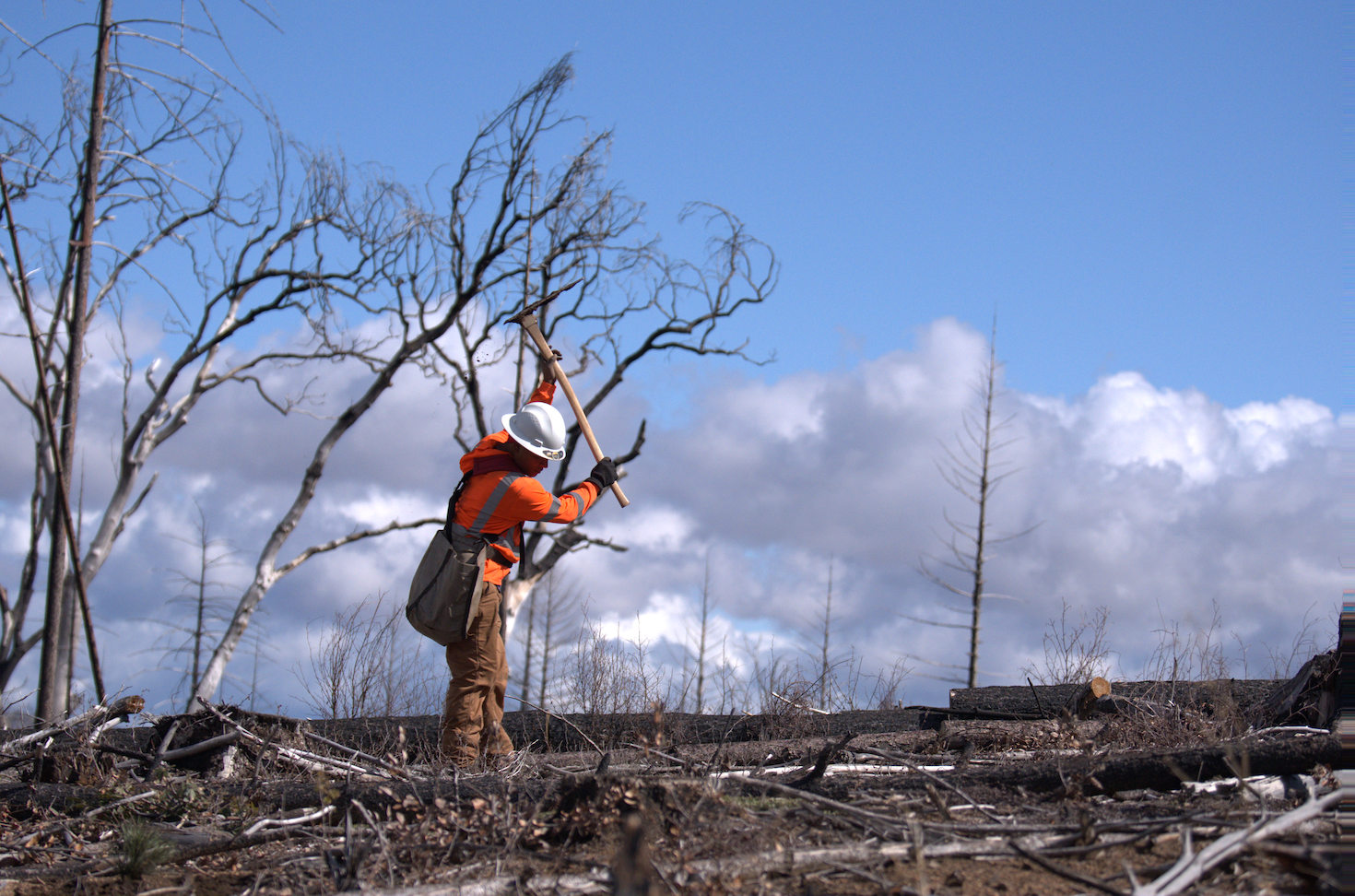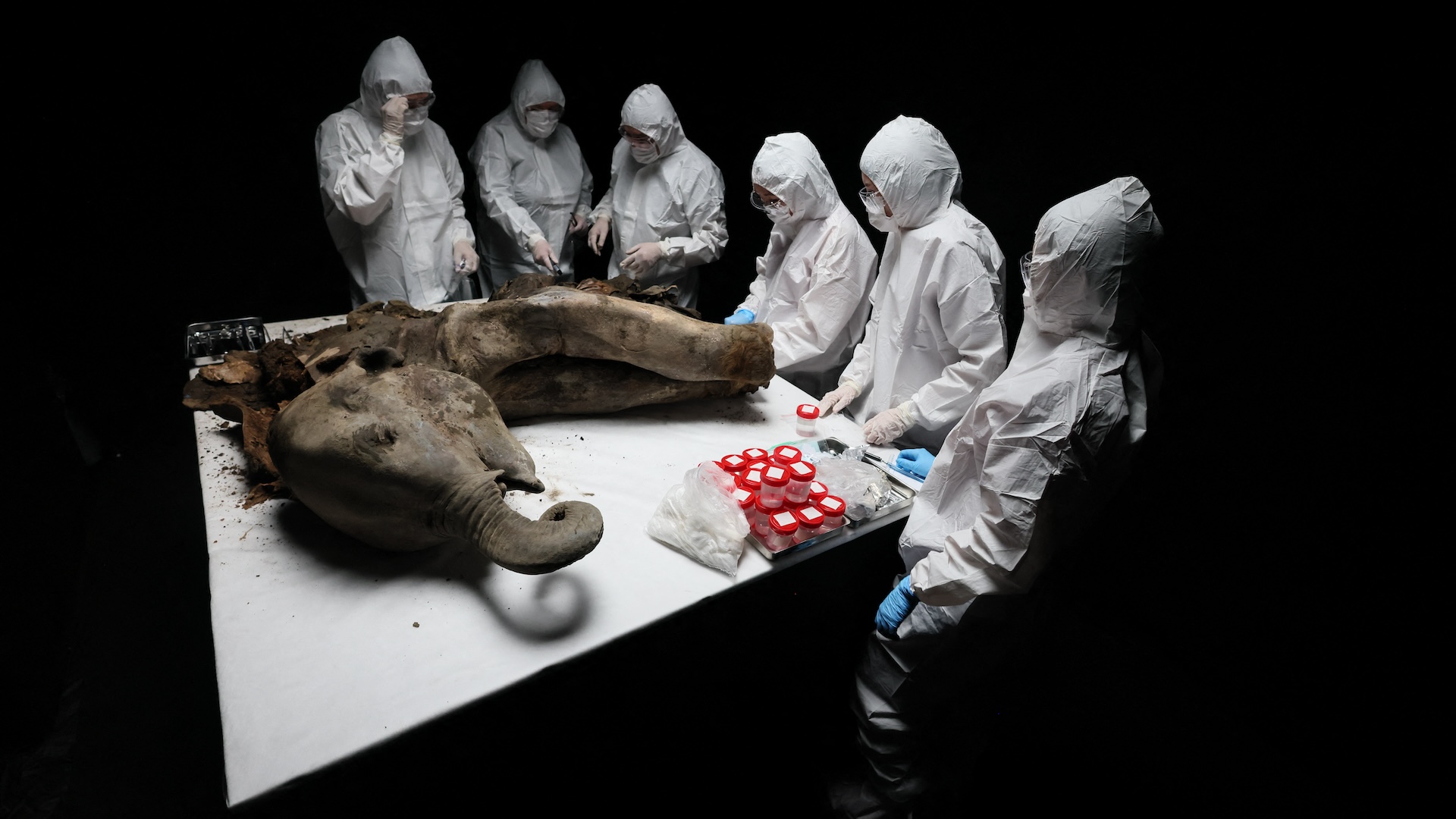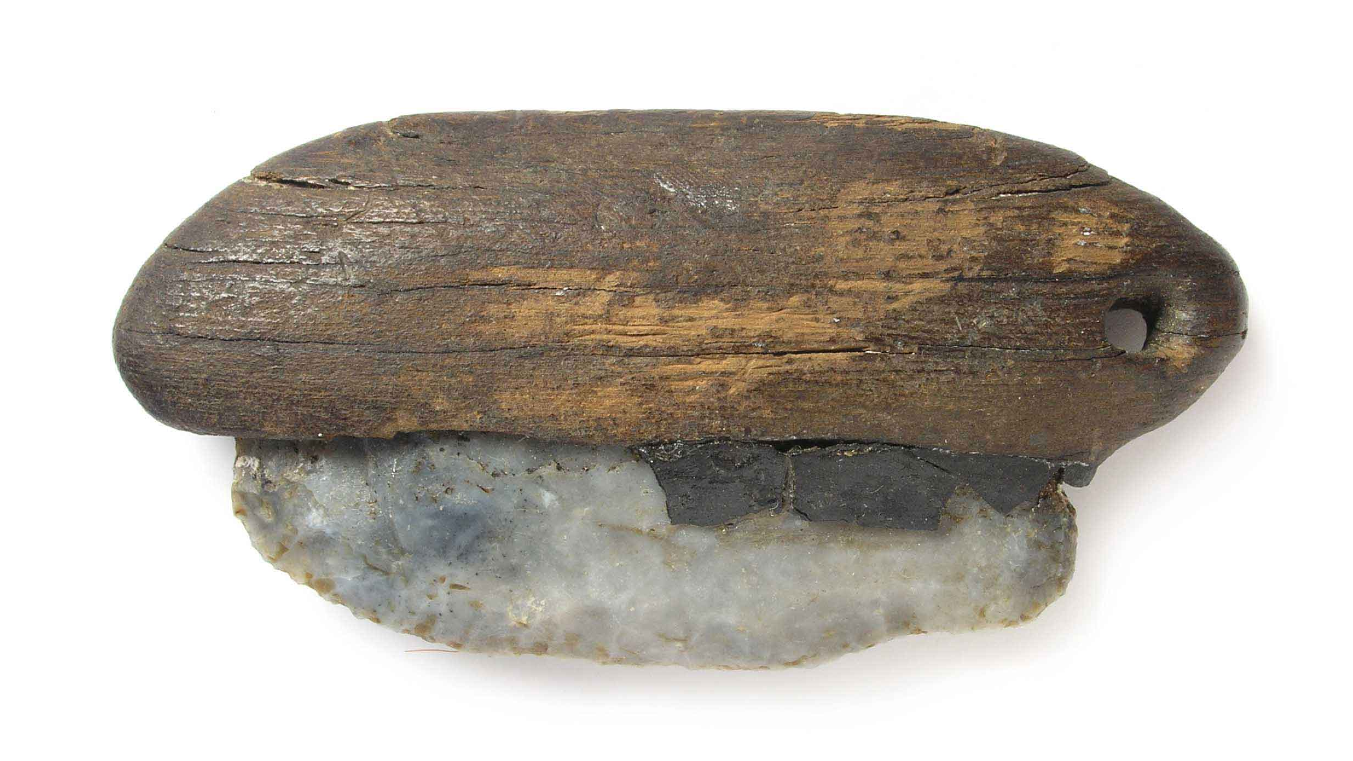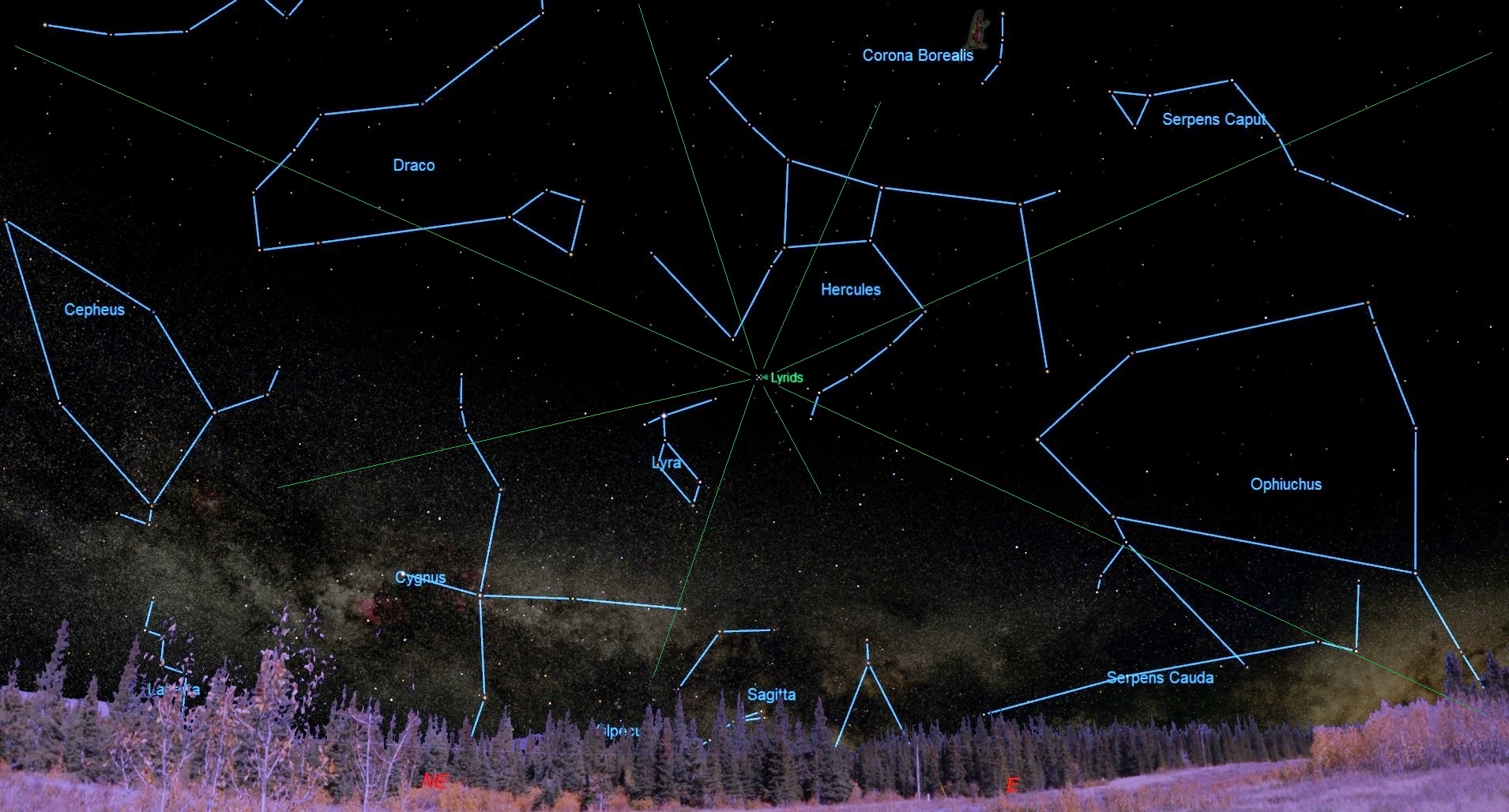Why we can’t squash the common cold, even after 100 years of studying it
The best advice for avoiding a cold in 2025 isn’t all that different from 1925. The post Why we can’t squash the common cold, even after 100 years of studying it appeared first on Popular Science.

Before germs were first spied under a microscope by Robert Koch, a doctor from East Prussia, catching colds was blamed on evil spirits, foul weather, and medical enigmas such as blood impurities. Koch’s findings ignited the medical community in the late 19th century. Many of humanity’s dreaded afflictions soon had microbial faces of a sort and, more importantly, specific organisms for doctors and scientists to study: The cause of tuberculosis was identified in 1882, cholera in 1883, salmonella and diphtheria in 1884, pneumonia in 1886, and tetanus in 1889. In 1883, Popular Science was among the first publications to forward and promote the emerging and controversial germ theory of disease. Even as some in the medical community resisted mounting evidence for germ theory, the 1880s became known as the golden age of bacteriology. In that same decade, Louis Pasteur, a French chemist, developed the first human vaccine, which successfully prevented rabies in a single-person trial.
But folklore is stubborn, capable of resisting even the most compelling facts. By 1925, when Popular Science reported the findings of the US Public Health Service’s first-ever survey on the common cold, many still clung to outdated beliefs despite four decades of germ science.

As contributing writer Malcolm MacDonald noted, the myth persisted that colds were typically caused by “bad weather or wet feet.” MacDonald pressed the case for germs as the root cause of the common cold, even though no specific pathogen had yet been identified in 1925. “The common cold, at least some varieties, is extremely contagious,” MacDonald wrote. “Prevention lies in avoiding contact with sufferers.” We’ve learned much about the common cold since 1925—from its underlying viruses to its seasonality. But we still contract it just as frequently as we did a century ago; we still suffer the same symptoms for the same duration; and there’s still no vaccine. In other words, “avoiding contact with sufferers” remains the best prevention even after a hundred years.
It wasn’t until the 1950s that the common cold’s elusive origins began to surface. Inspired by the success of Jonas Salk’s polio vaccine, some researchers set their sights on curing the common cold. But, as Popular Science reported in November 1955, scientists were playing catch-up. It wasn’t clear which viruses caused the common cold, or how many there might be. Robert Huebner, a US Public Health Service virologist, had identified adenovirus in 1953 as a contributor, but it soon became clear that adenovirus was not the only one. By 1956, Winston Price, a Johns Hopkins University virologist, had discovered rhinovirus as another cause. Since then, three species of rhinovirus have been identified (A, B, and C).

The more scientists dug into the common cold, the more they learned that what we thought of as the common cold was just a catch-all for similar upper respiratory symptoms caused by several different viruses, amounting to hundreds of different strains. While rhinoviruses account for as much as 30–50 percent of common cold cases, and non-Covid coronaviruses another 10–15 percent, other causes include adenoviruses, respiratory syncytial viruses (RSV), and parainfluenza (non-flu) viruses.
Although there are more than a billion cases of the common cold in the US each year—two to four cases on average for each adult, more for children—there has been little progress on a vaccine because of the sheer number of viral strains such a vaccine would need to target. Fortunately, an RSV vaccine is now available for vulnerable populations like infants and the elderly. But RSV only accounts for a fraction of common cold cases. Even a rhinovirus vaccine, which would require more than 100 strains in one dose, would not prevent a majority of cases.
While a universal common cold vaccine remains elusive, many of MacDonald’s century-old observations about prevention, treatment, and seasonality have stood the test of time. They remain uncannily accurate considering the root cause of the common cold had not yet been identified in 1925. For instance, MacDonald went to great lengths to explain how stifling indoor conditions during the winter months could make us susceptible to colds, writing: “This hot dry air is very irritating to the nerves and injurious to the eyes. It makes the membranes of the nose and throat too dry, which is harmful.” MacDonald was onto something. We now know that while weather is not a direct cause of colds, our environment matters. Dry air—hot or cold—can reduce mucosal defenses, making people more susceptible to infections. We also know that common cold viruses are highly contagious and spread more easily indoors than outdoors through airborne droplets, direct contact, and contaminated surfaces. Fortunately, 21st-century indoor environments tend to be a bit more sanitary than in MacDonald’s day, with improved ventilation systems and air purifiers.
MacDonald also cited the US Public Health Service’s observation about the seasonality of common colds, with the largest peak in October and another smaller peak in January. Similar peaks still exist, especially in northern regions, although they move around a bit. Today, just as in 1925, seasonal peaks are often connected with the resumption of the school year (an October, or autumn, peak) and holiday gatherings (January), when people tend to gather indoors.
MacDonald even described certain risk factors for catching colds. He claimed that “colds are most apt to attack overfed, under-exercised and constipated people, and those who avoid fresh air.” Our 21st-century understanding of risk factors is a bit more nuanced. Being “overfed, under-exercised and constipated” are only risk factors if they represent psychological stress, which lowers immune response to any infection. Similarly, lack of sleep, age, and smoking are risk factors as well as autoimmune disorders and other diseases.
As for treating a common cold, MacDonald recommended a “hot full-tub bath” at the onset of symptoms, immediately followed by one to three days of rest “in a fairly well-ventilated room.” He also suggested the “right diet,” including “fruit and fresh vegetables and not too much meat or pastry.” According to the 1925 US Public Health Service survey, when such measures were taken, the “average length of disability for all respiratory disorders is slightly less than 6 ½ days.” MacDonald cautioned that not taking such measures could lead to much more serious conditions. His treatment recommendations and warnings still track with the advice offered by 21st-century clinics, like Johns Hopkins Medicine, which includes getting rest, drinking fluids, eating well, and using indoor vaporizers. Today, we have decongestants and pain relievers that were not available in 1925, but there is still no cure, and the duration of a cold is about the same—several days to a couple weeks.
More than anything, MacDonald’s article highlights how the 1925 US Public Health Service survey represented an early scientific approach—a first—to understanding common colds, gathering population-level data rather than anecdotal evidence. Building on that science for a century has given us the tools to better understand colds—to know what causes them, how to prevent them, how to treat them, and what the risk factors are for more serious illness. Despite all this knowledge, the best advice in 2025 isn’t dramatically different from 1925: Avoid contact with sufferers, rest, and maintain healthy habits. We may not have a universal vaccine, but if we stick to the science, even that may be within reach—hopefully long before the next centennial of MacDonald’s groundbreaking article.
The post Why we can’t squash the common cold, even after 100 years of studying it appeared first on Popular Science.


























































































































![The breaking news round-up: Decagear launches today, Pimax announces new headsets, and more! [APRIL FOOL’S]](https://i0.wp.com/skarredghost.com/wp-content/uploads/2025/03/lawk_glasses_handson.jpg?fit=1366%2C1025&ssl=1)





















